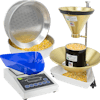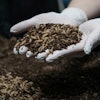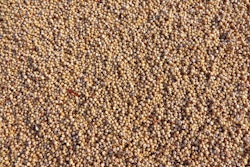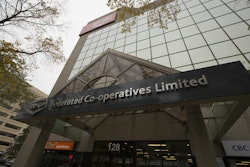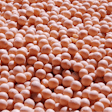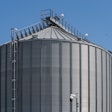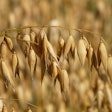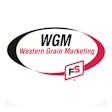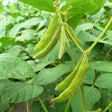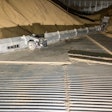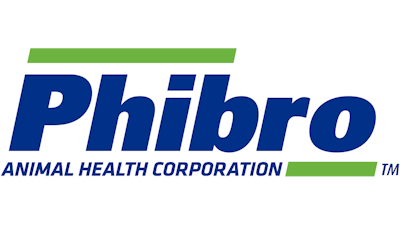
Mother Nature isn’t the only force that can inflict daunting production challenges and economic losses upon farmers and livestock producers.
Nearly 25% of the world’s crops are impacted by mycotoxins — harmful compounds that are natural byproducts of certain molds — and the impact, if unmitigated, is felt throughout the food chain, from the farm field to animal feed to the world’s food supply.
Dr. Scott Bascom, Senior Technical Services Manager - Dairy, Phibro Animal Health Corporation, explores the connection between mycotoxins and global food security in the webinar titled“Mycotoxins and Food Security: Looking Beyond the Impacts of Mycotoxins on Animal Agriculture.”The webinar is the second of Phibro’s seven-part MYCOmpass™ webinar series, is available for download on the Phibro Academy website, academy.pahc.com, and can be accessed here:academy.pahc.com.
“The closer you are to animal agriculture, the more you realize the concern of mycotoxins and their costly impact on all facets of our food system,” Bascom says. “In the U.S., where food is plentiful, we don’t often think about threats to our food supply, but mycotoxins are very prevalent and can take a huge toll on both economics and health if unabated.”
In his webinar, Bascom provides some powerful mycotoxin statistics:
- In 2019, according to the Food and Agriculture Organization of the United Nations (FAO), approximately 1 billion metric tons of food had to be destroyed due to mycotoxin contamination. Impacted crops included corn, vegetables, cereal grains, peanuts and forage.
- In the U.S. and Canada alone, the American Phytopathological Society tells us this created a $5 billion economic toll in lost crops.
- In the U.S., this translated to a $6 million loss for animal agriculture in 2019, according to the United States Department of Agriculture (USDA).
- Furthermore, USDA indicates $466 million was spent globally in efforts to prevent or reduce the presence of mycotoxins.
Fortunately, Bascom says there are a number of measures farmers can take to reduce the occurrence of molds and potential for mycotoxins in their crops.
“Like any issue, prevention is more efficacious and cost-effective than mitigation,” Bascom advises. “While delayed harvest and wet crop conditions are conducive to molds, which may in turn cause mycotoxins, farmers can reduce occurrence by seeking mold-resistant varieties, managing plant stressors, practicing tillage and being mindful of row widths and planting densities.”
Row crop farmers also have a number of options to help treat mold once it takes hold in the field, including fungicides and biological control agents (such as microbials). They should also remove infected plants immediately to prevent the mold from spreading to healthy plants.
The end of the growing season doesn’t necessarily signify the end of mold and mycotoxin risk, according to Bascom. It’s important for farmers to harvest at the optimum stage of maturity to reduce the risk of mycotoxin production. They should also use proper drying techniques and appropriate preservation and limit air exposure.
Impact of Mycotoxins Beyond the Farm Gate
Even the most vigilant of production and harvesting methods won’t entirely eliminate the risk of mycotoxins from entering producers’ feed supplies, so proper feed management is also imperative for the health of livestock and humans alike.
Registration for Phibro Academy is free; individuals can sign up atacademy.pahc.com. To learn more about AB20®specialty product, a bentonite adsorbent that reduces caking and flowability issues by binding to moisture present in feed, visit pahc.com.
About Phibro Animal Health Corp.
Phibro Animal Health Corporation is a diversified global developer, manufacturer and marketer of a broad range of animal health and mineral nutrition products for livestock, helping veterinarians and farmers produce healthy, affordable food while using fewer natural resources. For more information, visitpahc.com.

